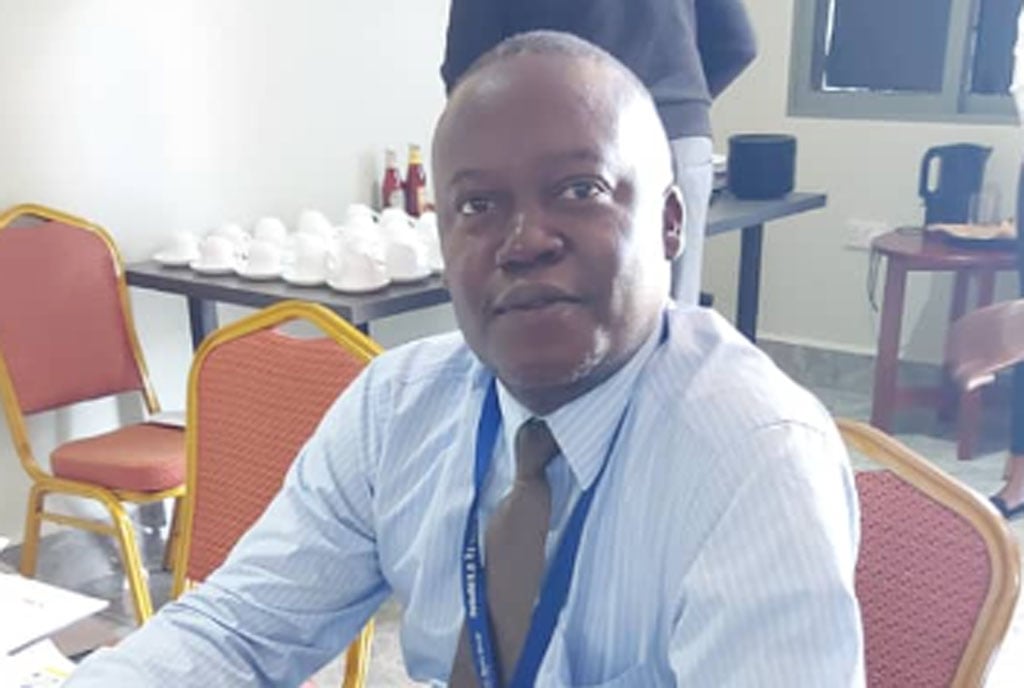Commercial mineral production in Busoga to start in 2024

Ms Ruth Nankabirwa, the minister of Energy and Mineral Development. PHOTO | FILE
Commercial production of minerals in Busoga Sub-region is expected to start in 2024, according to the company responsible for the undertaking.
Rwenzori Rare Metals (RMM), a private Ugandan company that is conducting exploration work of Rare Earth Elements (REE) in eastern Uganda, has since 2016 been developing the Makuutu Rare Earths Project in Makuutu Sub-county, Bugweri District, that stretches about 37kms across the districts of Bugweri, Mayuge, Bugiri and Iganga.
The Makuutu Rare Earth Project is one of the few clay deposits that contain high concentrations of heavy and critical metals necessary for strong magnets and other modern technology.
Mr Warren Tregurtha, the RMM chief executive officer, in an interview on Monday, said: “Commercial production starts in the first quarter of 2024; we are applying for a mining licence and want land access to start.”
According to Mr Tregurtha, so far, the company has invested in excess of $10m (about Shs3.6b), and once commercial production starts, the project will have the potential to attract another investment portfolio of about $100m (about Shs360b).
A 2005 government airborne geophysical survey covering 80 percent of Uganda detected new mineral targets such as Makuutu uranium anomaly (Makuutu Rare Earth), Graphite (Kitgum), Nickel, Chromium, Bentonite and Uranium in various parts of the country.
The survey also revealed more extensions of Namayingo gold anomaly, Busia gold anomaly (Wagagai gold mine), Mubende (Kamalenge and Kisita artisanal mines) and iron ore (Kigezi region).
Subsequently, the Ministry of Energy and Mineral Development granted an exploration licence to Kweri Limited and Berkeley Reef Limited to undertake exploration and follow up of the Uranium radiometric anomaly at Makuutu since 2010.
The companies conducted further exploration that confirmed the existence of REE in mineable quantities in the districts of Mayuge, Bugweri, and Bugiri, thus attracting RRM to invest.
Further, geological studies by RRM including drilling have revealed 532 million tonnes of ore containing rare earth elements.
Ms Ruth Nankabirwa, the minister of Energy and Mineral Development, said with this great discovery, her ministry will ensure that Ugandan minerals are explored and exploited in a sustainable manner.
“The Makuutu Rare Earth project is one of the key projects that can lead to the industrialisation of Uganda and position the country on the international stage as one of the very few countries in the whole world that mine REEs. Currently the production of rare earth minerals is dominated by China,” she said.
She added: “The exploration and development of the project requires land access and support from the community and leaders. The laws of Uganda ensure that adequate and fair compensations will be paid judiciously to landowners when such a stage arrives.”
Ms Nankabirwa also allayed the residents’ fears that they will be evicted from their land. She said her ministry will ensure that where properties are affected, the affected persons are duly compensated and resettled before the company can utilise the land.
Background
The clay-hosted geology at Makuutu is similar to major ionic adsorption clay REE projects in southern China, which are responsible for the majority of the global supply of low-cost, high-value heavy rare earth oxides.





